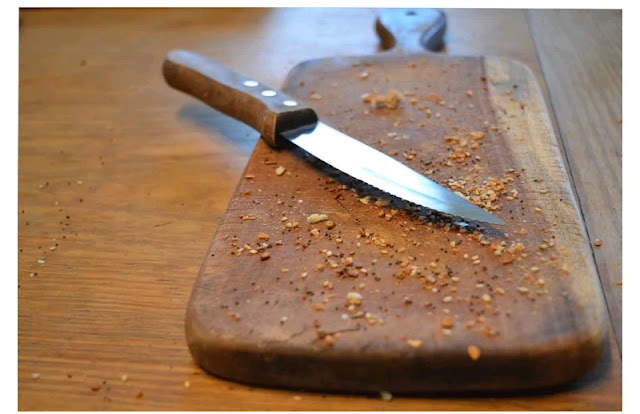Many of us make use of chopping or cutting boards in our various kitchen, but may not be aware of it’s ability to harbour harmful microorganisms thereby acting as a tool for cross contamination. The microorganisms harbored in the chopping board can be transferred to our food which may lead to food poisoning.
The kitchen chopping boards is used for cutting food items like vegetables, fruits,meats and other things. It can be made of wood, plastic, silicon,glass etc. But the most common in our kitchens today is the wooden chopping boards which is preferred because of it being “knife friendly”.
How does it harbour microorganisms?
The continuous use of knife in the chopping board creates crevices or openings which can be a harbouring place for harmful microorganisms, it’s continuous contact with water offers a favourable environment for microorganisms to thrive. The food particles which contains various types and degrees of microorganisms creates room for diverse microbial population which can lead to the formation of biofilms.
Microorganisms which can be present in the chopping board include; Salmonella, E.coli, S.aureus,Pseudomonas,yeast and mould. Some of these microorganisms have been indicated to be agents of food poisoning.
Care of the chopping board
In order to ensure that the chopping board is kept free of harmful microorganisms, we must take the following measures;
Always make sure that the chopping board is disinfected regularly. This will help to decrease the microbial population. There are lot’s of disinfectants like dishwashing liquids which can be used to achieve this.
Don’t live it moist, rather keep in an air dry environment. This is because many microorganisms grows and multiply easily in moist conditions.
Avoid prolonged use of chopping boards. Replace old one with new one as soon as possible. The longer you use it,the more possible chances of it accumulating harmful microorganisms.

